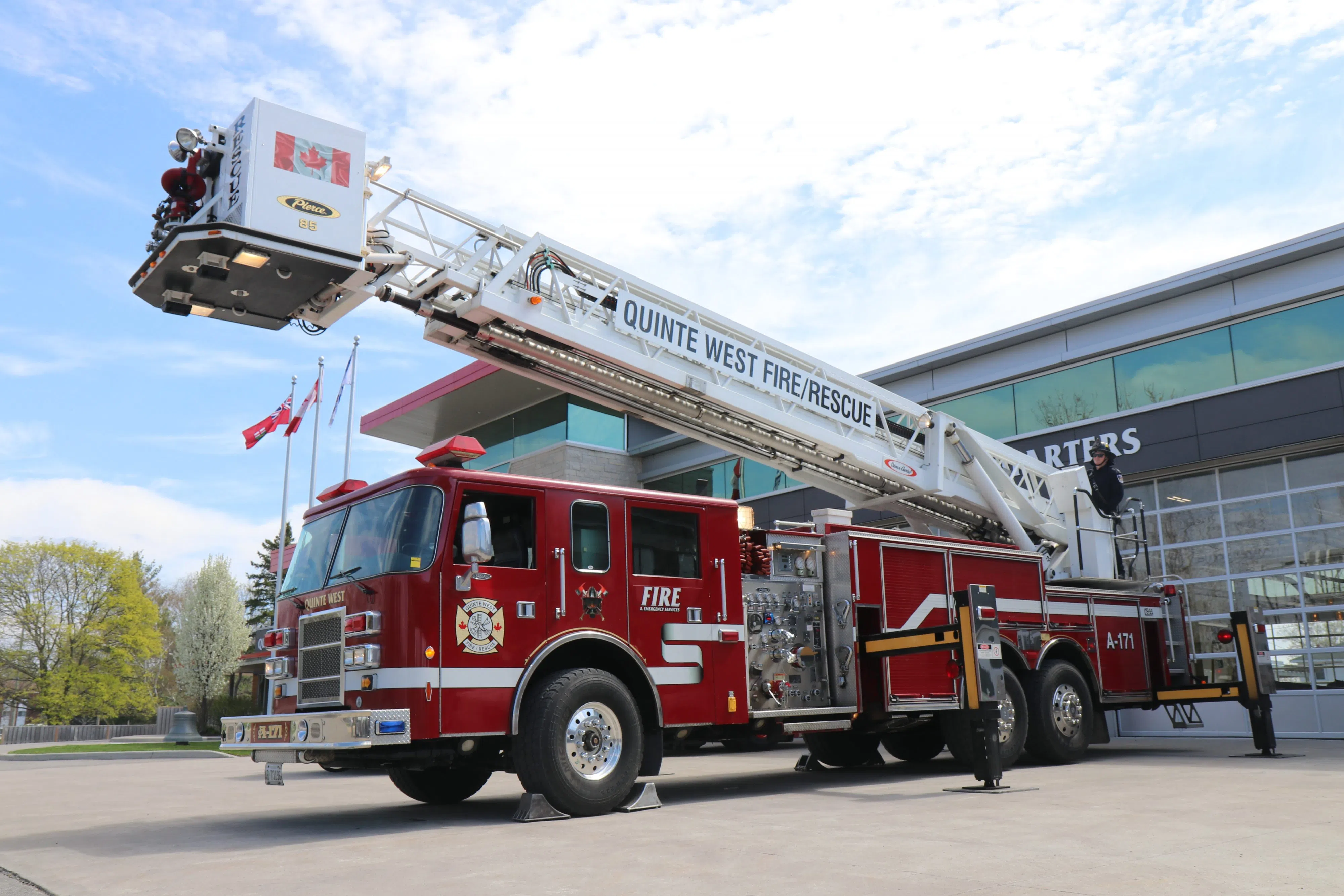
As the City of Quinte West continues to grow, the city is starting to develop its first-ever fire master-plan to serve as a 10-year guide when it comes to delivering emergency services locally.
“With more homes, businesses and residents calling Quinte West home, demand for fire and emergency services is increasing,” said Fire Chief John Whelan. “We’re taking a proactive approach to planning so that our emergency services can continue to effectively protect our growing community.”
According to city staff, the plan will help ensure fire services keep pace with community needs and assess current operations and identify opportunities for improvement. In other words, this will delve into how services are delivered now and how they should evolve to meet future needs.
Other focus areas, to name a few, will include a review of the need for new and/or upgraded facilities, equipment, and vehicles, fire station locations, staffing levels, response times, training, technology, industry standards, and more.
Staff are eyeing to complete the plan by early 2026, and starting this fall, residents will be encouraged to weigh in during the planning/consultation process.
According to the city, the goal of the plan is to put together a clear framework with actionable steps for long-term planning related to fire prevention, emergency response, staffing, equipment and infrastructure, in accordance with both provincial standards and the city’s strategic plan.
Council approved the undertaking back in November 2024 and necessary funds for the project in the 2025 operating budget. The total project cost is reported at $100,000, with $75,000 coming through development charges and $25,000 set aside in the budget.
The city has retained the consultancy services of Transitional Solutions Inc. to help with a collaborative and data-drive assessment for the initiative, the city states online.
Residents are encouraged to keep an eye on quintewest.ca/FireMasterPlan for project updates.
Online, it states Phase 1 of the project focusing on project initiation and planning is complete, with the city currently in Phase 2, which involves a current and future state analysis.
Meanwhile, Phase 3 will see the development of a draft plan and involve the community engagement component this fall. There are plans to gather resident feedback through online and in-person surveys, further online engagement, a public open house and partner and staff council workshops and interviews.
Phase 4 will mark the final phase for the project, anticipated early next year.
(Written by: Sarah Hyatt)
